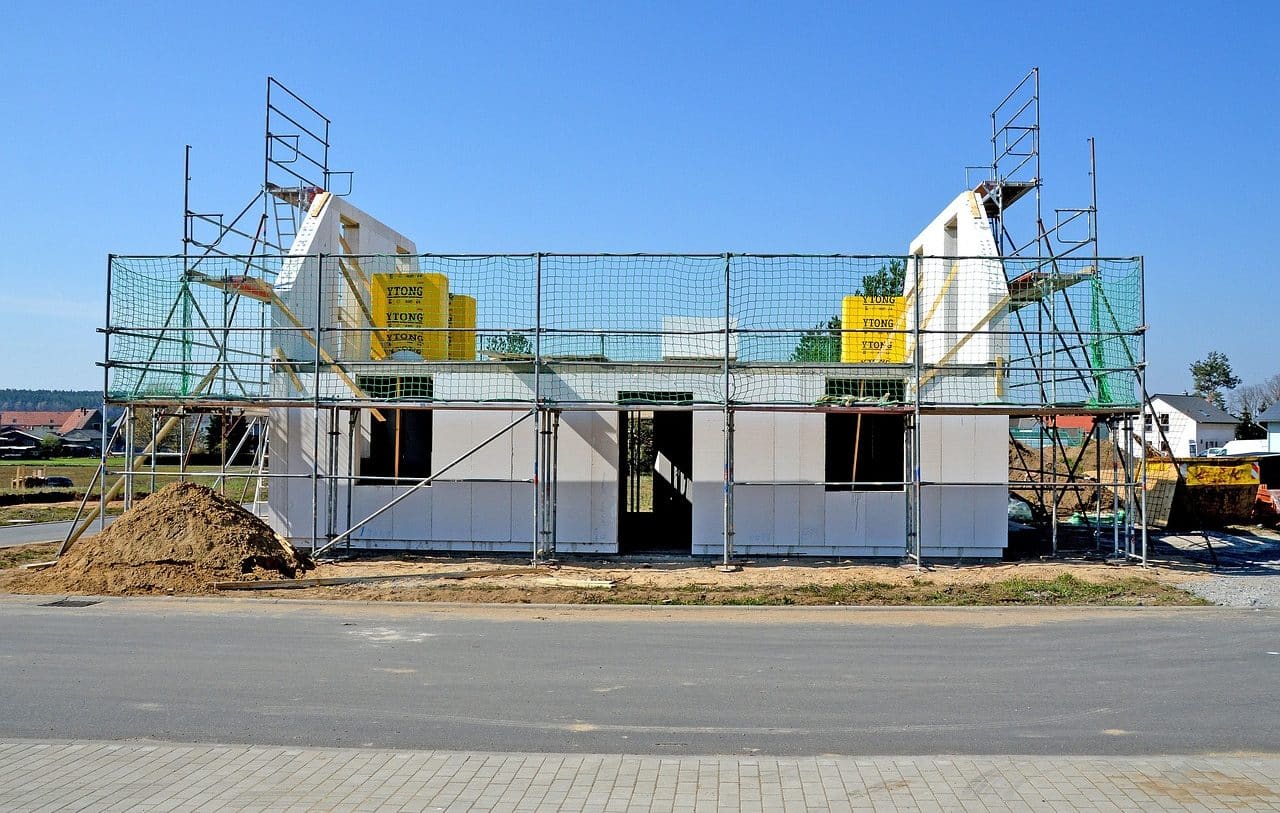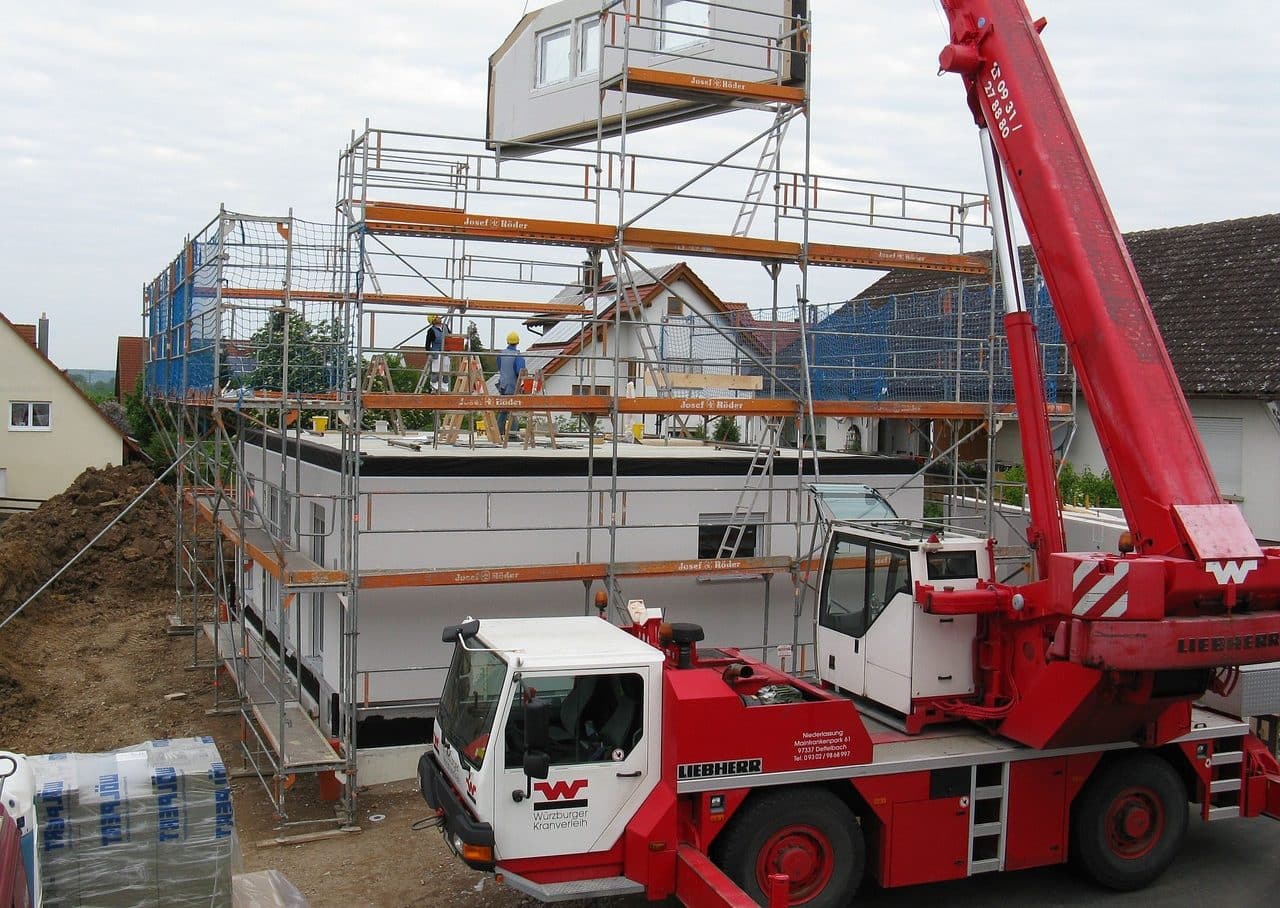
Prefabricated items are sold with their main components already finished.
Prefabricated is an adjective that applies to what the buyer or user must assemble or assemble from main components that are already finished from the place of origin. This means that the most important parts of a prefabricated product are developed at one site, but final assembly and assembly take place at another.
The concept is used in the field of construction to name a building system that is usually cheaper and simpler than the traditional one. Under this method, the structural components are mass-produced in an industrial plant and then assembled at the destination, which will be the definitive space that the house in question will occupy. The assembly is characterized by its simplicity and speed.
Advantages of prefabricated homes
Prefabricated homes offer several advantages. The tasks to be carried out in the field are few, since the components arrive already finished. Therefore, no debris or waste is produced: the house only has to be “assembled.” This allows costs to be minimized and also environmental pollution .
In the same way, it should not be overlooked that other benefits that this type of construction offers and that have made more and more people opt for them are the following:
- They make it easy for any individual to enjoy their home in a very short time, since they are assembled very quickly.
- We must also highlight the fact that they have a much cheaper price than what it means to undertake the purchase of a house that is not prefabricated.
- There are those who opt for these constructions because they do not have last-minute surprises, as usually happens with regular homes. And when they buy one they already know what it has, how it is made and what it offers.
- Of course, it is also notable that they are made with high quality and resistant materials that, in addition, manage to perfectly insulate the home, which significantly reduces the energy expenditure carried out inside.

Prefabricated homes offer advantages and disadvantages.
Points against
However, we cannot ignore that prefabricated houses are also considered to have a series of disadvantages that must be taken into account:
- They require that the person in question be the owner of a piece of land in order to be able to erect what he or she has acquired on it. This involves not only an investment but also having the necessary permits and carrying out studies to determine that the land is optimal for placing the home.
- They can be customized to the maximum, but the more they adjust to the tastes of each particular individual, the higher the price they have.
Characteristics of prefabricated buildings
A prefabricated building can be built with wood , concrete ( concrete ), or metal , among other materials. The key to assembly is found in the order in which the various blocks or panels of material are arranged.
It is important to highlight that prefabricated houses, like traditional ones, are supported on foundations that give them stability and durability. Similarly, these houses are connected to sewer, electrical and water networks like any other home.
